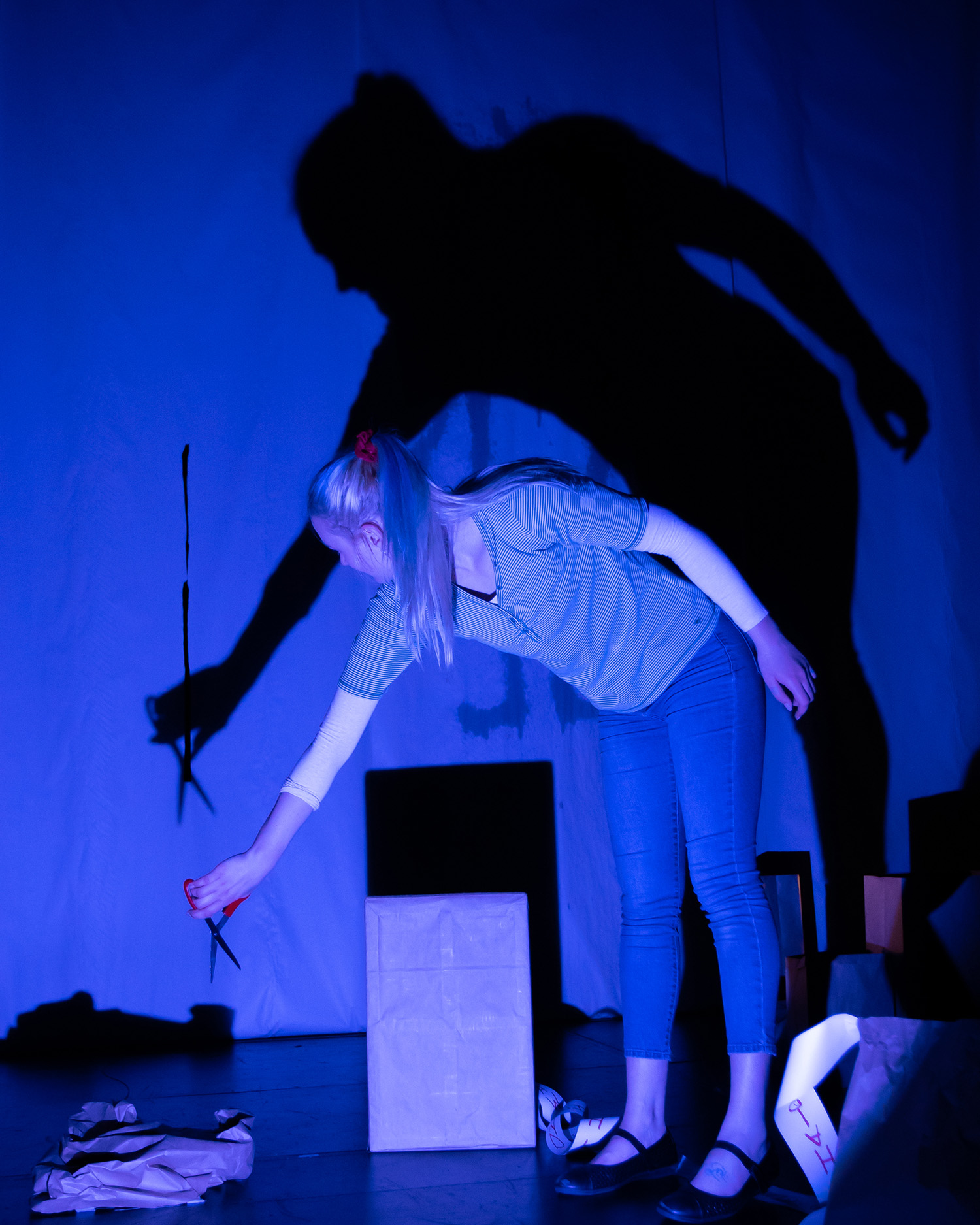Storytime with Temeka: The Story of Ferdinand
While all the other little bulls run, jump and butt their heads together, Ferdinand would rather sit under his favourite cork tree and smell the flowers…

The Story of Ferdinand Reflect and Respond
Inspiration and Adaptation
Take it further
Ferdinand in History
Inspiration
Adaptation
More activities to try

Creature Sounds – Superluminal
Discover the creatures in Superluminal and explore the sounds they make.
Try It

Shadow Tableaux
Create shadow tableaux in groups, capturing scenes and exploring relationships.
Try It

Behind the Creation of ZOOOM
Learn about the inspiration and creative process behind our multi-award-winning show ZOOOM from Artistic Director Geoff Cobham.
Try It
